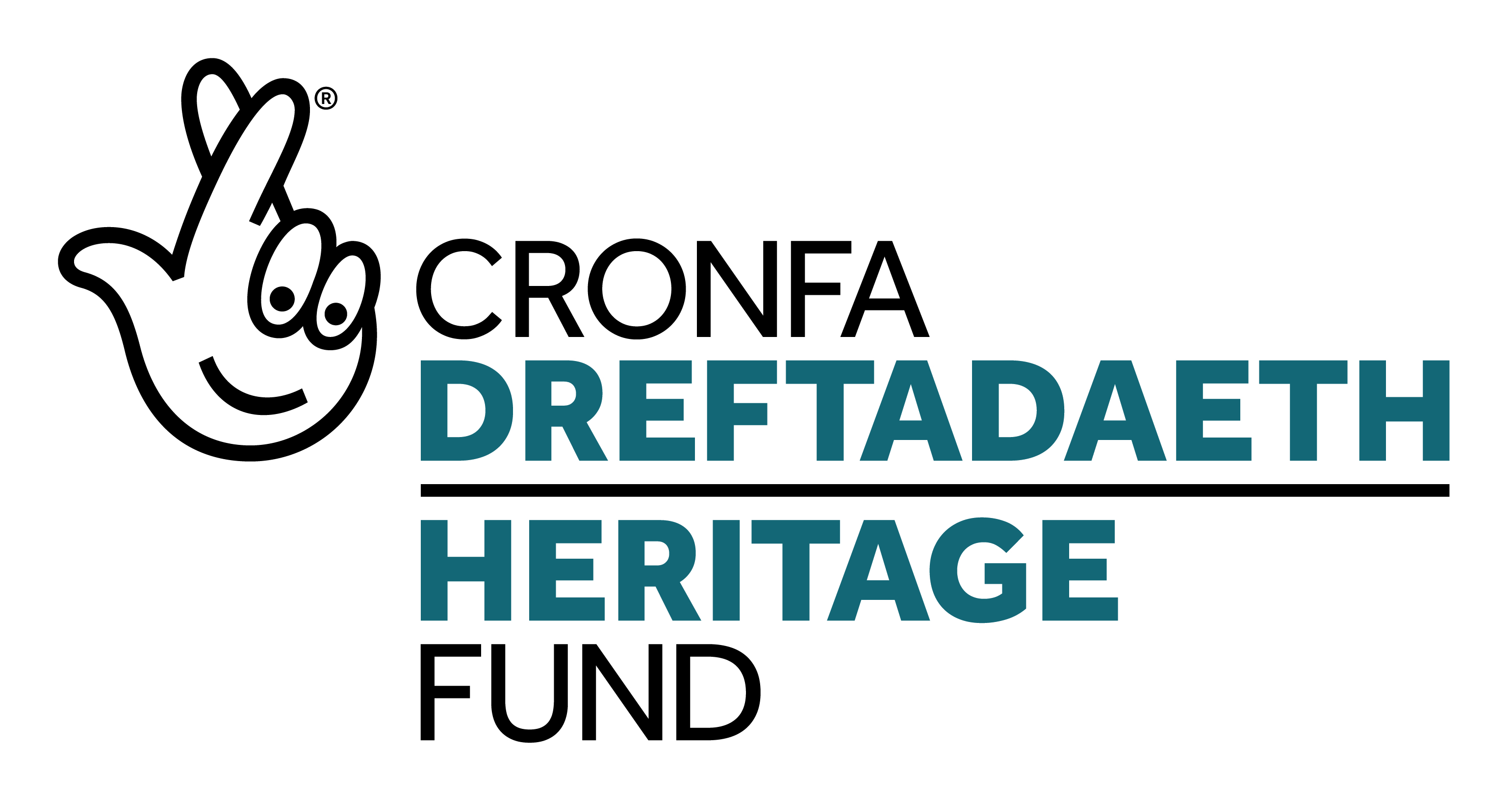The Regency Restoration was a five-year project which has restored features of a Regency period landscape, created in the late 18th and early 19th century for William Paxton, in what is now Waun Las National Nature Reserve.
The parklands were an early example of Picturesque ideals being utilised in landscape design, characterised by the contrasts that nature can show – at one moment, beautiful tranquillity, and at the next the drama of tumbling water over cascades, a weir, and waterfall. We have access to eight of the fifteen paintings by Thomas Hornor who was invited by William Paxton to paint a series of viewpoints throughout the estate in 1815. The intricate details in these paintings of the parkland and lakes have provided the designers and engineers with a wealth of information on which plans for the restoration were based.
Over the last two and a half years, the restoration site has been a hive of activity. The very warm summer of 2018 bore witness to large machines undertaking the mammoth task of removing 22,000m3 of silt from Llyn Mawr which had built up over the preceding decades. Clay was then extracted from borrow pits within the adjacent fields to create the dam and this was compacted with a machine called a pad foot or sheep’s foot roller. During Paxton’s time this compaction would have been carried out by families using wheelbarrows and flocks of sheep – hence the modern machine’s name. Each layer of compaction was tested with geotechnical tools, to ensure the dam would meet stringent Reservoir Act requirements. Llyn Mawr is one of the largest lakes at the Botanic Garden – over 65,000m3 in size, that’s nearly three times bigger than the existing lakes combined! The dam is 350m long, and has three spillways to take water over the dam. Spillway one is used in everyday conditions, while the other two are engineered to cope with bigger floods.
Llyn Felin Gat was also transformed, with a natural looking cascade created with a long weir. There is now a ‘rustic’ bridge running over the weir, so that visitors can stand with the water cascading beneath them. The project’s talented heritage stonemason, Selwyn Jones, was instrumental in the restoration. He was responsible for the refurbishment of a Grade II listed bridge, Llyn Mawr’s cascade (spillway one), the historic cascade walls at Llyn Felin Gat, and the waterfall. To enable Selwyn to work on this iconic waterfall, cantilevered scaffolding was erected which was quite a feat of engineering in itself and the water was diverted via a pipe to the side of the waterfall. In Thomas Hornor’s painting the bridge looks somewhat suspended in mid-air but this definitely will not be the case with our new bridge, which is firmly fixed!
There are six bridges in total which link up and provide a series of walking circuits which snake through the landscape. The two steel bridges fabricated in Swansea by Afon Engineering were craned into place in August 2019. The four remaining bridges were installed during the summer of 2020.
One of the most important parts of the landscape restoration are the paths. They tend to go unnoticed, but provide the network that links the features, and draw visitors into the landscape. The project has seen a new path through Fairy Wood created that meanders past the fairy houses and toadstools, providing glimpses of Llyn Mawr and the parklands beyond. A viewing platform hidden for over a century gives you the opportunity to see and feel the vast scale of Llyn Mawr whilst also giving you look at the two steel bridges and the vast dam.
The National Botanic Garden of Wales would like to say a huge thank you to all our funders who have supported this project, these include the The National Lottery Heritage Fund – and all those who play the National Lottery, Carmarthenshire County Council, Welsh Government, Esmée Fairbairn Foundation, The Waterloo Foundation, The Pilgrim Trust, Country Houses Foundation, Patsy Woods Trust, The Monument Trust, Garfield Weston Foundation, and last but by no means the Richard Broyd Trust, whose support has been invaluable.
This restoration project has enriched the stunning designed landscape for the pleasure of all our visitors.

The restored parkland is open!
This is your guide to the wider landscape, lakes, waterfalls and bridges.